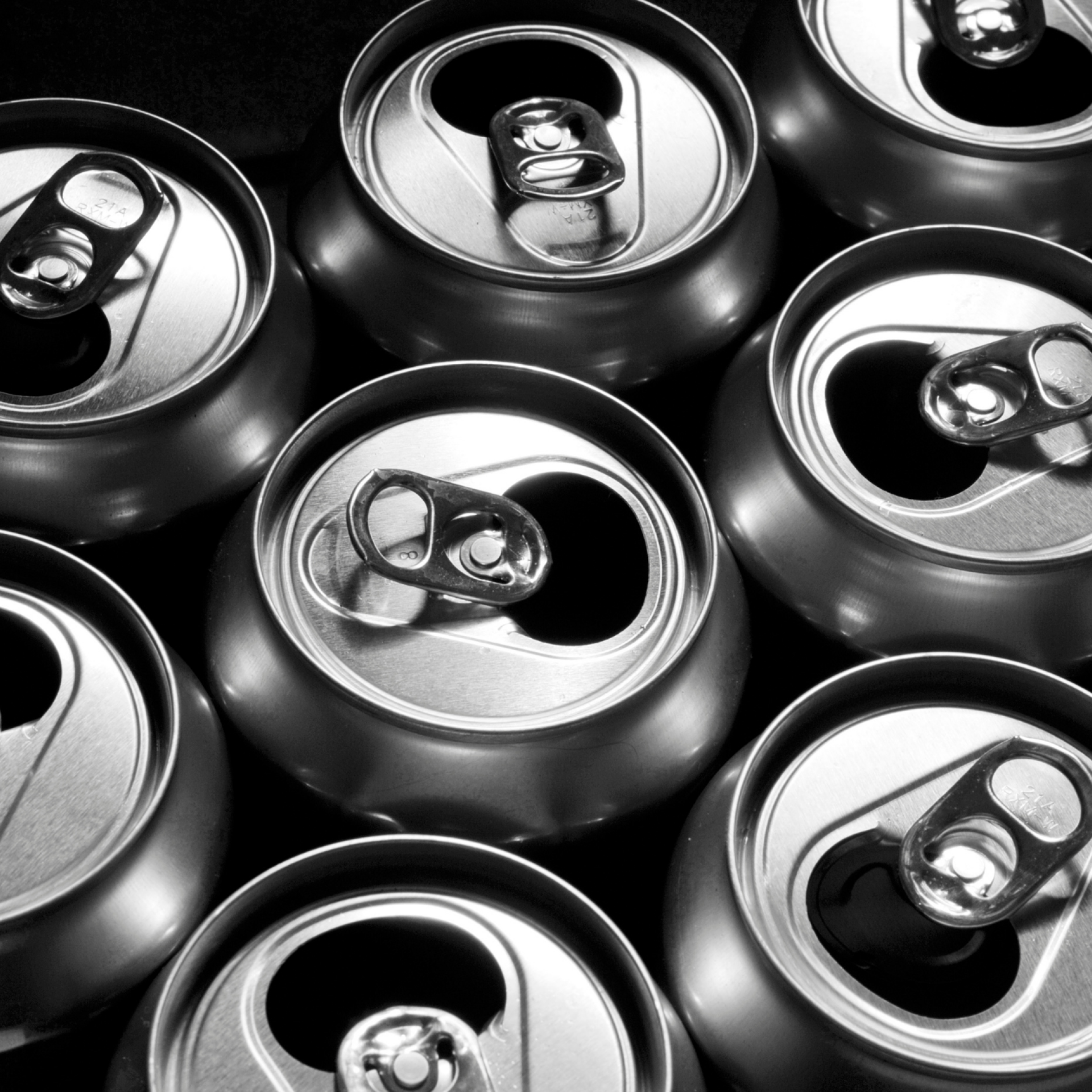
Breadcrumbs
Coal power plants: Aluminium’s dirty little secret
Analysis by Ember shows that the aluminium industry consumed 6% of all global coal-fired electricity in 2019; more than Europe.
About
We analysed industry data, as published by the International Aluminium Institute (IAI), GHG Emissions Data for the Aluminium Sector (thank you for your data transparency). We also show which coal power plants are exclusively built to generate electricity to electrolyse aluminium, based on the latest data from Global Energy Monitor.
Executive summary
Aluminium’s dirty little secret
The aluminium industry consumed 6% of all global coal-fired electricity in 2019 – more coal-fired electricity than is generated in the whole of Europe.
The sector is actually becoming more reliant on coal at a time when the world is becoming less reliant on coal.
Analysis
Aluminium’s dirty little secret
In this chapter:
Conclusion
Aluminium beyond coal
How can aluminium go beyond coal?
In order to limit warming to no more than 1.5 degrees, the IPCC’s research has shown that coal use needs to fall by about 80% globally by 2030. It’s clear the aluminium industry is off-track for its aims – research by the International Energy Agency (IEA) shows what the aluminium industry needs to do.
The answer is clear: The aluminium industry needs an urgent wake-up call to move from coal electricity to clean electricity in just the next 10 years, to give ourselves a good chance to limit warming to 1.5 degrees.



